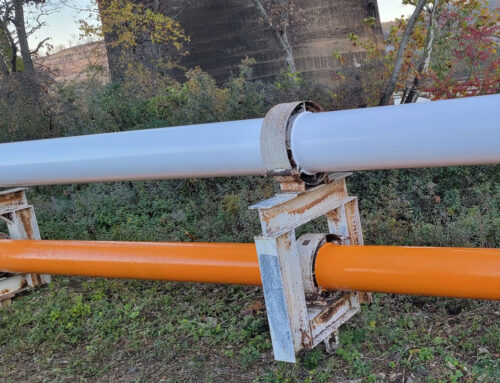Chemical manufacturing processes raw materials and basic chemicals into consumer and industrial products, the Environmental Protection Agency (EPA) reports. The plastics that hold our shampoo, the refined chemicals that create fuel, the pesticides farmers use to protect their crops, the medications we take are all created in chemical manufacturing plants.
In addition to the chemical industry’s irreplaceable consumer impact, it is also a juggernaut-size employment engine. Chemical manufacturing employs more than three-quarters of a million people across 3,400 facilities and contributes $440 billion annually to the U.S. Gross Domestic Product (GDP). The chemical industry as a whole generates more than $760 billion each year, approximately a quarter of the country’s GDP.
The raw numbers show that chemical plants are a critical component of a staple industry. Despite how strong and important chemical manufacturing is, there’s one thing that consistently threatens the operation and safety of chemical plants: corrosion. Here’s a look at how big the issue is, how it can impact chemical plant businesses, and why corrosion protection can prevent it.
How Significant is the Problem?
The Coalition to Prevent Chemical Disasters, which maintains a database of chemical incidents throughout the U.S., reports that there have been more than 100 accidents in 2023, 186 in 2022, and 177 in 2021. The organization estimates that there is a toxic release, explosion or chemical fire every two days in the U.S.
No chemical manufacturing company wants to be responsible for any type of incident. It puts employees at risk for injury. It can endanger the communities surrounding the plant, leading to public outrage and potential litigation. A large enough incident ultimately can damage the company’s global reputation in the mid and long-term. Even a small incident can result in costly operational disruptions, causing share prices to drop.
Why Corrosion Protection Is the Answer
Corrosion protection, a multi-step and comprehensive process, is the key to preventing chemical plant incidents large and small. Corrosion management starts with an inspection of the plant, followed by a tiered plan for repairs. Depending on the severity of the corrosion and the impact it has on the chemical plant’s equipment, industrial painters will use a combination of sandblasting for surface preparation, coating, and industrial painting to remove and replace corroded parts.
How Eagle Eye Services Can Help
At Eagle Eye Services, we see firsthand how corrosion can diminish the functionality of a chemical plant, at minimum threatening to shut it down temporarily for repairs.That’s why we provide custom corrosion management plans to chemical plants throughout the East Coast and Mid-Atlantic region.
To get started, our team of industrial painters performs an onsite inspection of the chemical plant, identifying the current state of the plant’s assets. After inspection, we work with your executive team to build an asset life plan. We discuss how to approach corrosion management, including a focus on the most urgently needed repairs, long-term corrosion monitoring, monthly corrosion reporting, and scheduled cleanings.
Don’t let your chemical plant experience an unnecessary incident; schedule an onsite inspection with our team today.
Read more about corrosion here:
Ready to Get Started?
Have questions about your project or need a quote? We’ve got someone ready to help you.



